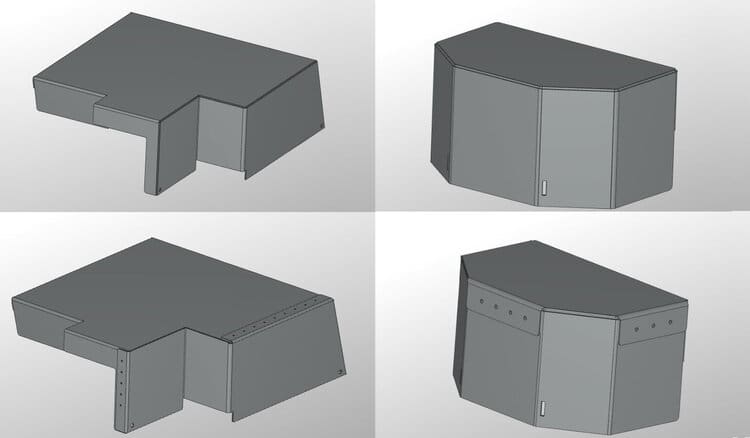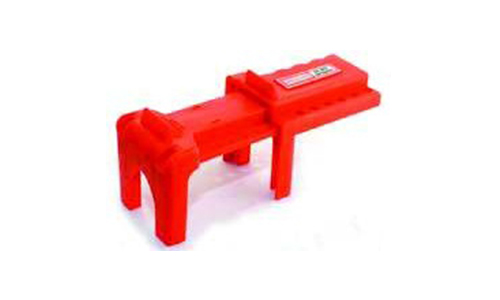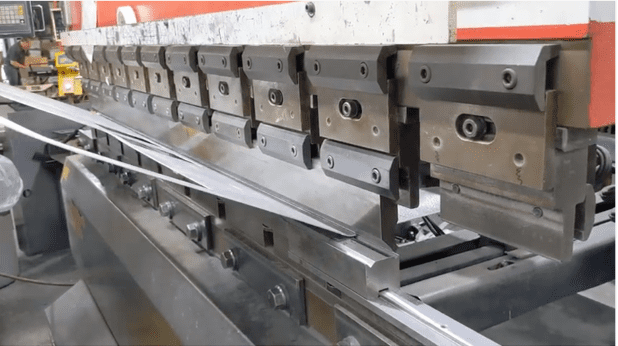All About Pliers: Types, Uses, and Maintenance Tips
Pliers are versatile hand tools used in various applications, from gripping and bending to cutting and twisting. This article explores the types of pliers, their uses across different industries, maintenance tips to prolong their lifespan, and more.

What are the different types of pliers available?
Pliers come in several types tailored for specific tasks:
- Needle-Nose Pliers: Ideal for intricate work in tight spaces.
- Slip-Joint Pliers: Adjustable for different grip sizes.
- Cutting Pliers (Diagonal and End-Cutting): Designed to cut wires and cables cleanly.
- Locking Pliers (Vise-Grip): Clamps onto materials, freeing up hands for other tasks.
- Pump Pliers (Channellocks): Adjustable jaw width for various applications.
Where are pliers commonly used?
Pliers find extensive use in:
- Electrical Work: Handling wires and cables.
- Mechanical Engineering: Gripping and maneuvering small components.
- Craftsmanship: Artisans use them for precise handling in jewelry making and model assembly.
- Automotive Repair: Removing or installing small parts and fasteners.
How should pliers be maintained for optimal performance?
Maintaining pliers ensures longevity and efficiency:
- Regular Cleaning: Remove dirt and debris after use.
- Oil the Joints: Apply lubricant to prevent rust and ensure smooth operation.
- Inspect for Wear: Check for worn-out grips or misaligned jaws.
- Store Properly: Keep them in a dry place to prevent rusting.
Why is choosing the right plier important in different tasks?
Selecting the appropriate plier type enhances productivity and safety:
- Efficiency: Using the right tool for the job reduces time and effort.
- Safety: Improper tools can damage materials or cause injury.
- Precision: Certain tasks require specific features, such as long-nose pliers for reaching tight spaces or cutting pliers for clean wire cuts.
Pliers are indispensable tools in various industries and applications due to their versatility and specialized designs. Choosing the right type of pliers, maintaining them properly, and understanding their uses can significantly improve work efficiency and safety. Whether you’re a professional craftsman or a DIY enthusiast, having a quality set of pliers is essential for tackling everyday tasks effectively.


